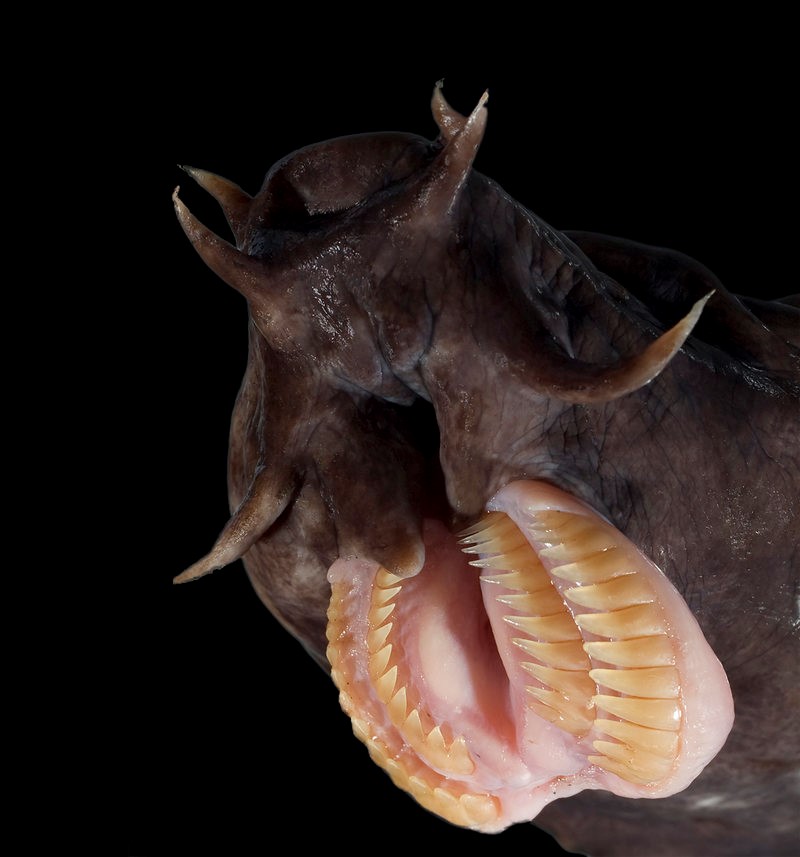Hagfish live off the carcasses of dead sea creatures and thrive in deep waters where oxygen is hard to come by. Their hearts can keep beating for 36 hours without oxygen.

Now, University of Guelph research has uncovered clues as to how hagfish keep their hearts pumping even when they’ve run out oxygen. By unravelling the mysteries of the hagfish heart, this work could provide new ideas on how to protect the human heart when oxygen delivery is impaired, such as during a heart attack.
“We want to understand how these fish hearts can work for so long without oxygen because this could lead to innovative strategies for preserving human cardiac tissue during myocardial infarction or heart transplant,” said Prof. Todd Gillis.
“We wanted to know which metabolic fuels were being used and how they were using them, given that the hearts of most vertebrates run out of cellular energy when oxygen is removed. This is what leads to the tissue damage.”
At the beginning of an anoxia exposure, hagfish hearts use glycogen for energy, a form of stored glucose in muscles. But these glycogen stores aren’t enough to keep the heart pumping during continuous anoxia exposure, and it was unclear what fuel took over once glycogen was depleted.
Gatrell exposed isolated hagfish hearts to 12 hours of anoxia. During these experiments, the hearts continued to pump, even without oxygen. “They’re kind of like zombie hearts; they literally will just keep beating. It’s pretty amazing to see.”
The experiments revealed that providing the hearts with glycerol during anoxia clearly enhanced the hearts’ contraction — even more so than when the hearts were supplied with glucose, which is typically the fuel that muscles prefer. Gillis suspects that glycerol is being delivered to the heart from the liver.
“But just about everything about hagfish is bizarre. This is just another weird thing that they can do. Now we need to know how and why they do it.”

